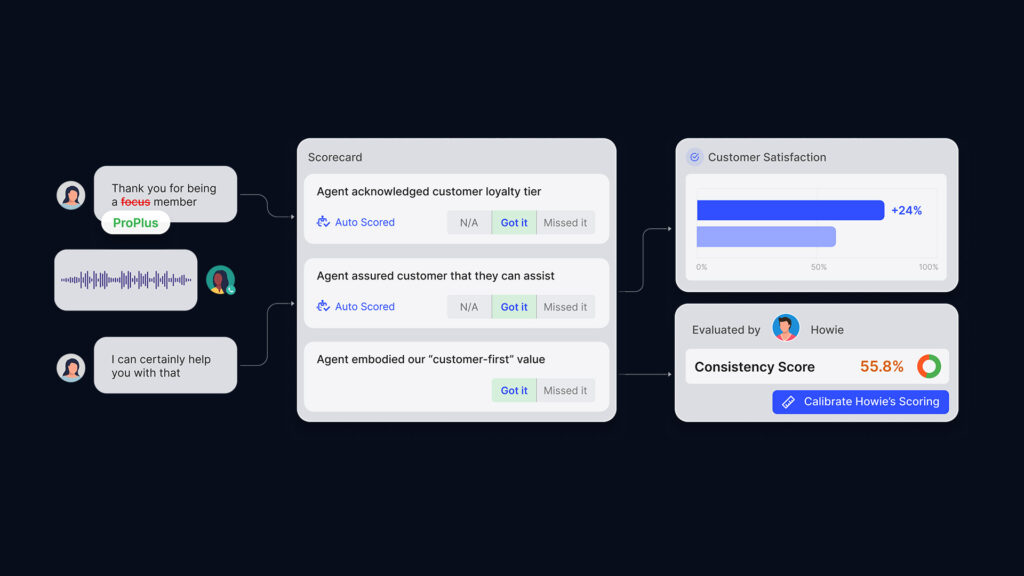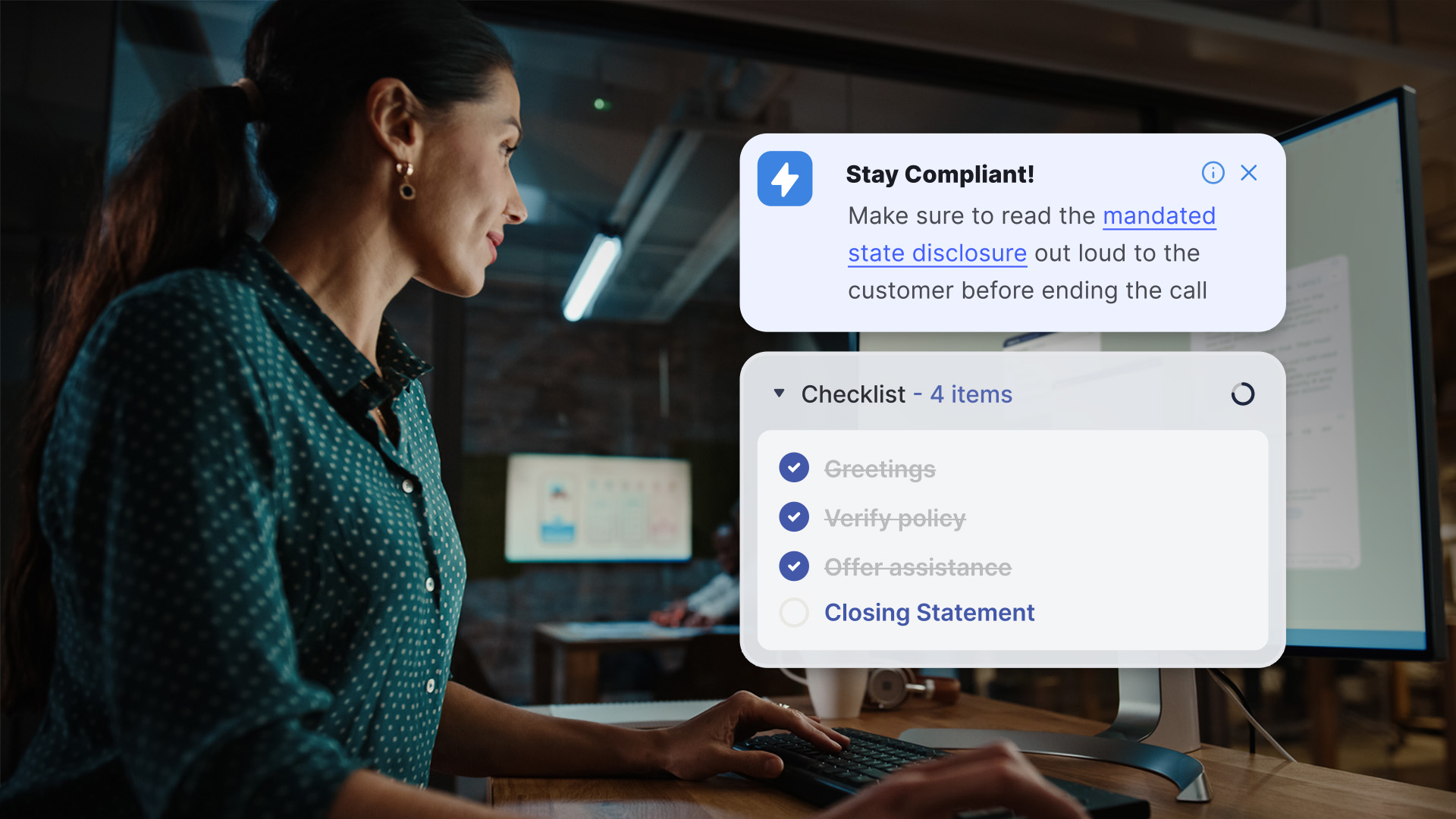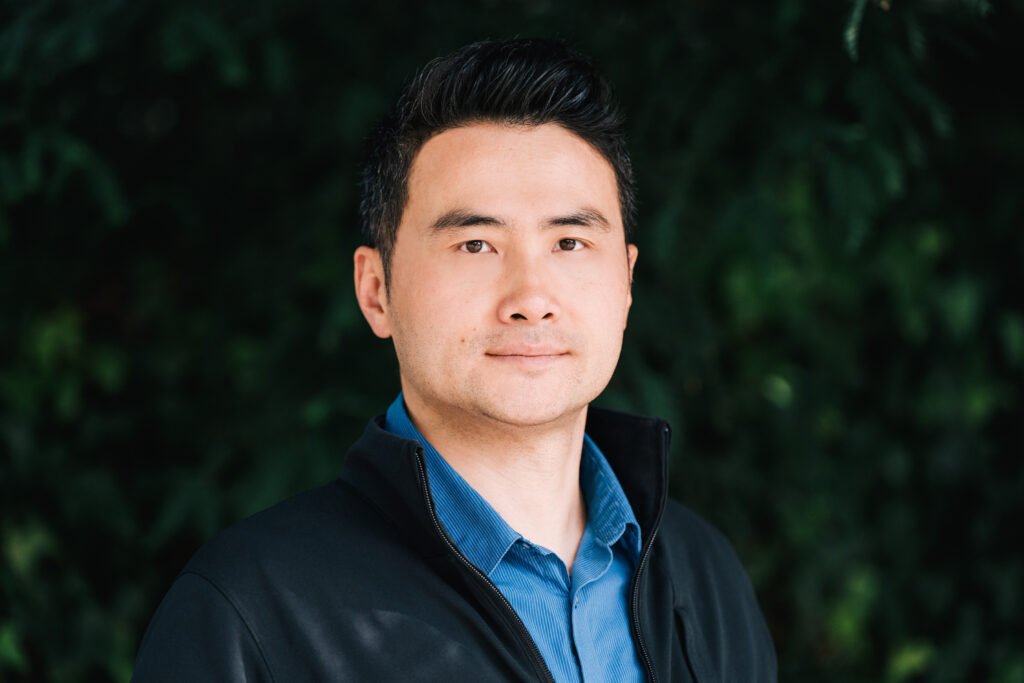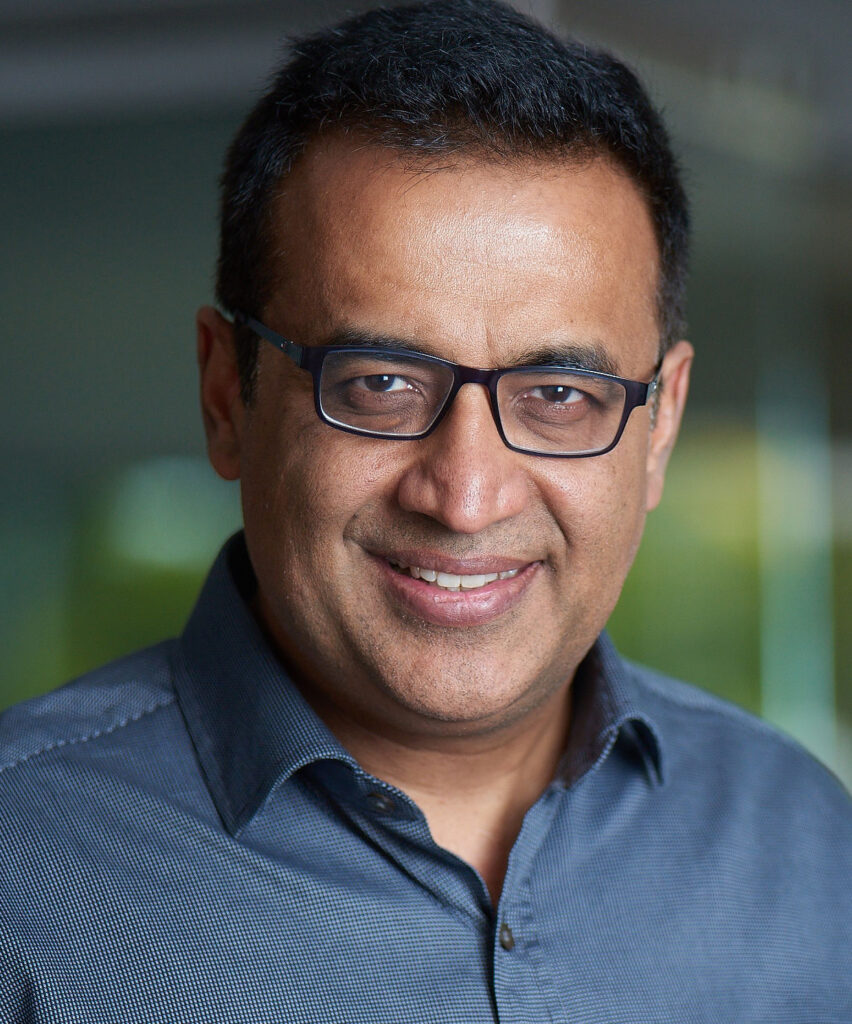
In Part 1, Cresta CEO Ping Wu shared his journey from Google to Cresta, outlining a bold vision for transforming contact centers through generative AI. He discussed how Cresta is elevating customer interactions by combining real-time insights, agent augmentation, and intelligent automation.
In this second installment, Wu reflects on the early experiences that shaped his focus on customer service, Cresta’s latest breakthroughs in omnichannel AI agents, and what it takes to build technology that not only supports—but enhances—human connection. The future of customer experience is being written now. Here’s how Cresta plans to lead it.
What got you interested in contact centers in the first place?
Honestly, I’m just obsessed with them. Some people are into cars or astronomy. For me, it’s this. Back in 2016, there was a lot of excitement around conversational AI — Alexa, Google Home, all that. But I didn’t see those as transformative. At the time, I thought of them more as smart media players. But I saw a huge opportunity in the enterprise—especially in contact centers. People were already talking there. The behavior didn’t have to change.
And personally, I’d had frustrating experiences. I came to the U.S. in 2003 and remember calling large banks or insurance companies—it often took a long time, the music looped endlessly, and you’d still need a person for even basic things. The customer wasn’t happy, the agent wasn’t happy, and businesses were constantly trying to cut costs. And that experience hadn’t really changed. I felt like there had to be a better way—and AI could help fix it.
So what’s your vision for Cresta over the next few years?
We really want to nail AI agents. We launched our omnichannel AI Agents recently, following our voice launch last year, and it’s a breakthrough—allowing for humanlike conversations across any channel with continuity to create a seamless customer experience. And in real-world use with actual humans, it’s been even better than the demos.
Second, we’re building a strong feedback loop. We want to capture insights from emails, digital chats, calls, screen recordings—everything—and use that to improve both our AI agents and our co-pilot tools. The goal is continuous learning and improvement.
Finally, we’re building more general-purpose agents. Not just hear and speak, but also see, understand, click, and type—combining all those modes into one seamless agent that works in human-optimized environments.

What value do you anticipate from having Qualcomm Ventures as an investor—beyond the capital?
” A lot of what we’re building involves real-time AI inference, and we believe much of that will move to the edge. Qualcomm* is leading there. “
For example, in healthcare, there are regulatory requirements around language access. If a Korean-speaking senior calls their insurance provider, the company may need to bring in a human interpreter, which slows things down and raises costs. With AI, we can do real-time transcription and translation. Our co-pilot could let the agent see and hear in their language while the caller hears Korean on their end. But to make that seamless, low-latency translation needs to happen at the edge—and that’s where Qualcomm’s insights come in.
What is your thinking on the state of generative AI today? What still needs to happen for it to reach its full potential?
Three main things. First, better instruction following. Today’s AI can ace the GRE and outperform most humans in AP Biology but still struggle with following step-by-step instructions. That’s not how human intelligence works. We expect high verbal performers to also be good at following directions—but that’s not yet true for AI.
Second, multimodal capability. AI should be able to look at a screen, recognize what’s happening, and act accordingly. We need better model architectures and more data to get there. We need AI to learn from humans without explicit instructions. Humans often don’t write everything down. AI should observe and adapt on its own.
And finally, I also see huge potential in physical AI — robots that can do real-world tasks like loading dishes or folding laundry. These are things that require breakthrough physical AI, and I think a lot of very smart people are working on that.
What advice would you give to an AI startup founder?
“Build for the future. Assume AI will be better 18 months from now and design your product for that world. Don’t over-optimize for today’s constraints. That was true 30–40 years ago with Moore’s Law, and it’s true now with AI.”
Don’t over-optimize for today’s constraints. That was true 30–40 years ago with Moore’s Law, and it’s true now with AI.
Also, don’t wait. Don’t hold off until the AI is “good enough.” Start now. If you build today, you’ll benefit as the underlying technology improves.
And what’s the best piece of advice you’ve received?
I’ve learned a lot from reading Warren Buffett and Jeff Bezos. It’s not like I know them, but they both write well about the need to
“focus on long-term thinking. A lot of people focus on short-term gains, but the real impact comes from compounding over time.”
Humans don’t intuitively grasp compounding—we’re not wired for it—but it’s incredibly powerful.
I try to be very patient with strategy and long-term vision, but very impatient with execution. On the day-to-day basis, there will be ups and downs. But in the long term all of that will turn into noise — and the power of compounding will kick in.



